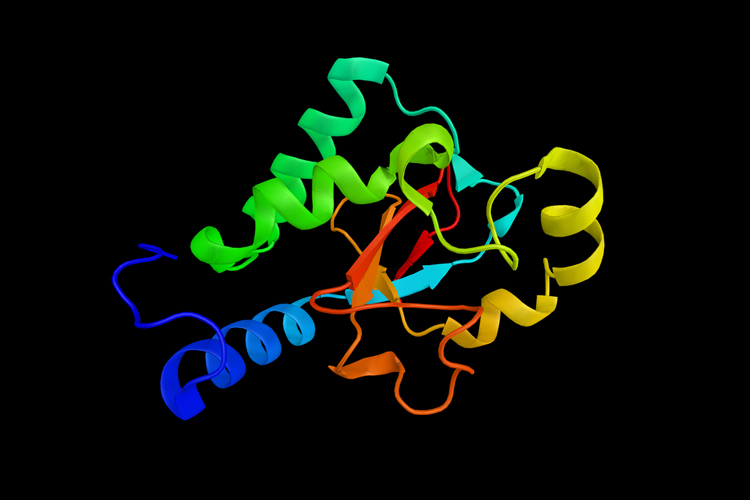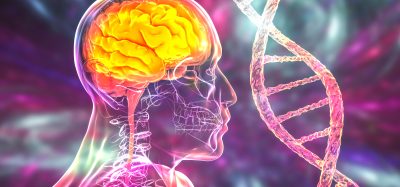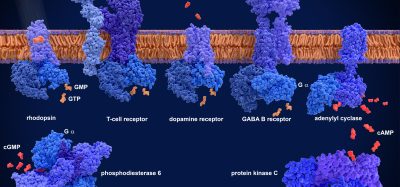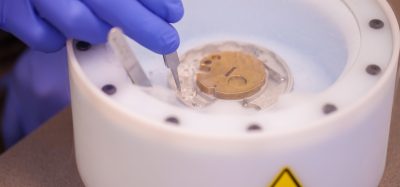Discovery enables further investigation into new ligases
Posted: 4 January 2024 | Drug Target Review | No comments yet
Researchers have developed a new PROTAC that activates the protein degradation system and binds to a previously inaccessible ligase.


E3 ligase
Chemists Dr Herbert Waldmann and Dr Georg Winter, and their teams, have created a new PROTAC consisting of a PDEd inhibitor they had developed. They linked the inhibitor to a well-studied molecule known to alert another degradation system which also processes larger cell components.
Undruggable proteins
Many current drugs are simple, small molecules that regulate the activity of proteins involved in pathologically derailed processes. This makes their development very complicated, so a highly adapted molecule must be developed for each protein to fit their active centre. However, only a fraction of the disease-related proteins are actively involved in these pathologically derailed processes, meaning they are regarded as therapeutically undruggable.
Cancer research
Most undruggable proteins are targets in cancer research, particularly the small Ras protein, in which a single change is enough to irreversibly cause cell proliferation at a rapid and uncontrollable rate. Ras mutations happen in almost a quarter of all tumours. In 2013, a team of scientists led by Dr Waldmann at the Max Plank Institute of Molecular Physiology (MPI) developed a novel strategy to make Ras druggable for the first time.
A specially developed molecule was used to stop the auxiliary protein PDEd directly, which manipulated the transport and therefore the activity of Ras in the cell, instead of targeting Ras directly. However, the team did not completely stop the cancer-driving activity of Ras.
PROTACs
A promising new class of drugs, proteolysis-targeting chimeras (PROTACs), were developed by American researchers two years after Dr Waldmann’s work. These compounds hijack the body’s own protein waste removal system: the large molecule made of two arms grabs the target protein on one side and the E3 ligase of the protein waste system on the other. This incites the waste system to dispose of the pathological protein.
Dr Waldmann, who also works at the Technical University Dortmund, said: “Instead of inhibiting the target protein’s enzymatic activity in a complex process, PROTACs only need to bind to their target with high selectivity. Theoretically speaking, this principle is universally applicable to all proteins, including our Ras transporter PDEd, as we have successfully demonstrated in our current work.”
Ligase investigation
Dr Waldmann and Dr Winter created a new PROTAC with the PDEd inhibitor they developed. The inhibitor was linked to a well-studied molecule known to alert another degradation system which can process larger cell components.
Dr Winter, from the CeMM Research Center for Molecular Medicine of the Austrian Academy of Sciences, explained: “However, our screens have revealed that instead of activating what we call macroautophagy, our PROTAC activates the protein degradation system…What is particularly interesting is that our PROTAC binds a new ligase that was not accessible to the PROTAC strategy so far.”
There are only two E3 ligases that can be used as binding sites for PROTACs, but there are over 600 E3 ligases in the human body. Some of these are only present in very specific tissues.
Waldmann concluded: “Tissue-specific ligases could be used to specifically control the site of drug activity…Our rather fortuitous discovery allows for further biological and medicinal-chemical investigation into the ligases we have found. This could help expand the range of pharmaceutically usable PROTACs and, one day, enable the targeted degradation of proteins in specific tissues.”
This study was published in Nature Communications.
Related topics
Cancer research, Drug Targets, Ligands, Proteomics, Small Molecules
Related conditions
Cancer, Cancer Research
Related organisations
CeMM Research Center for Molecular Medicine of the Austrian Academy of Sciences, Max Plank Institute of Molecular Physiology (MPI), Technical University Dortmund
Related people
Dr Georg Winter (CeMM), Dr Herbert Waldmann (MPI and TU Dortmund)








